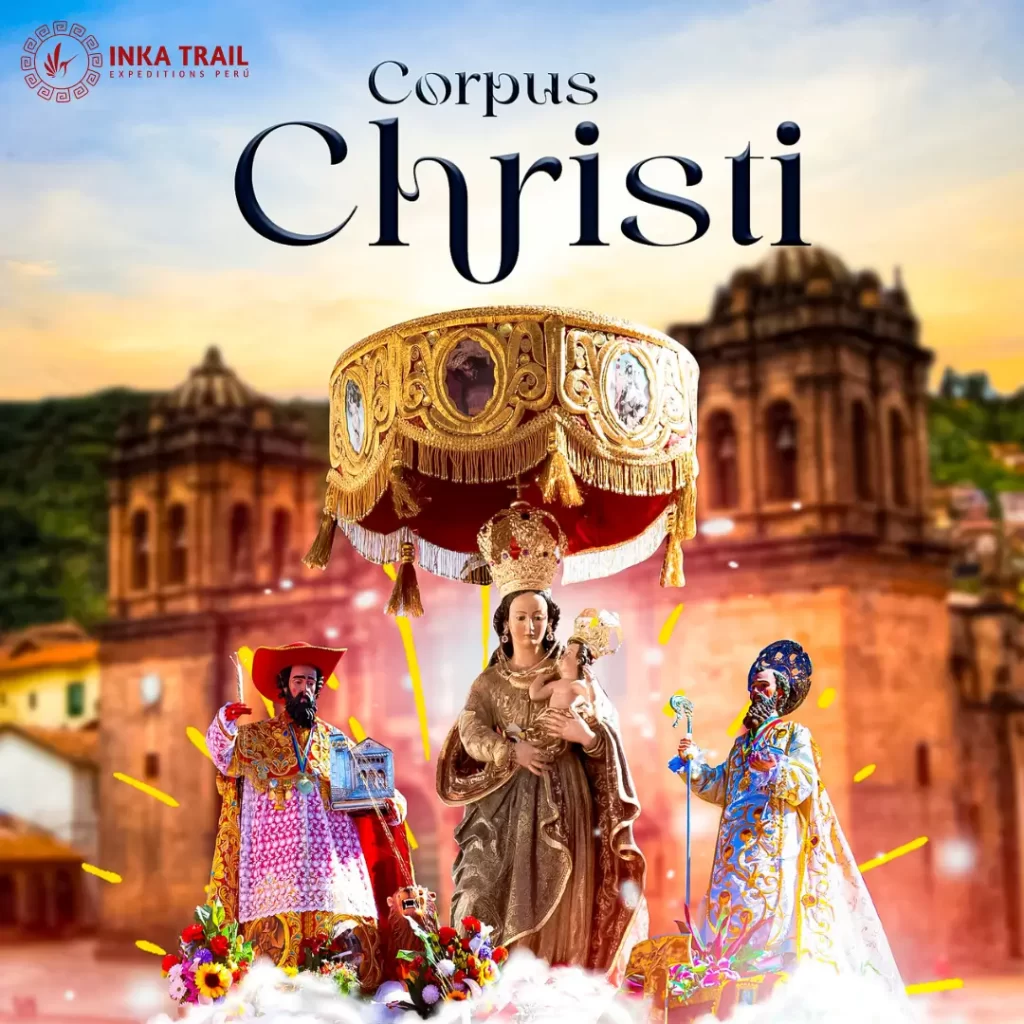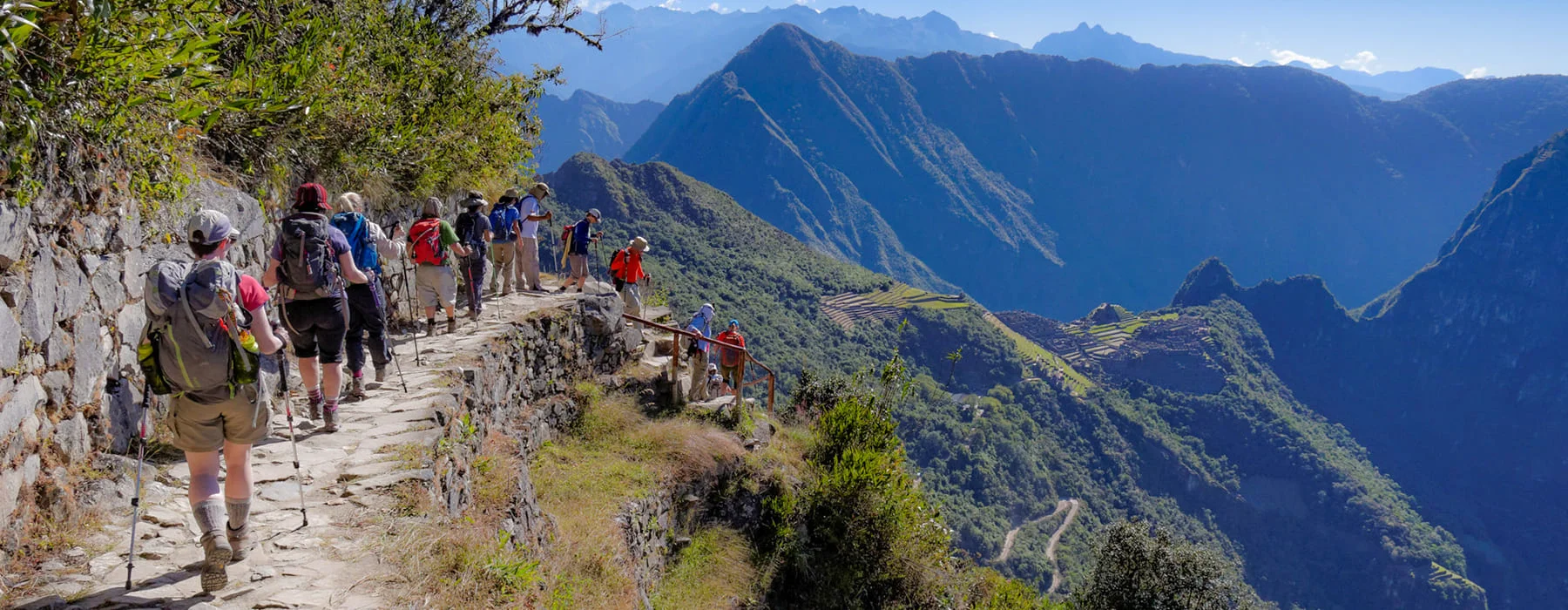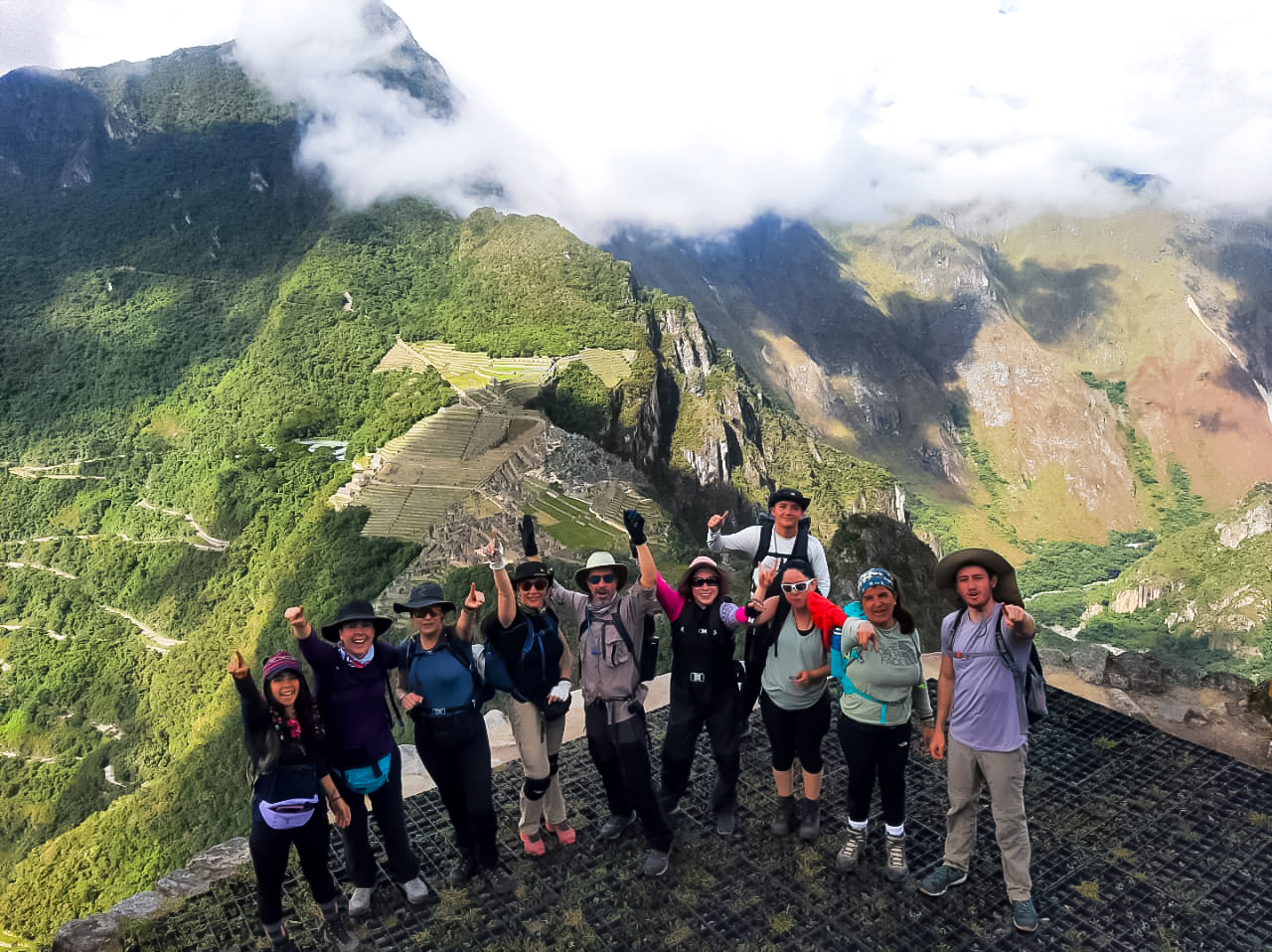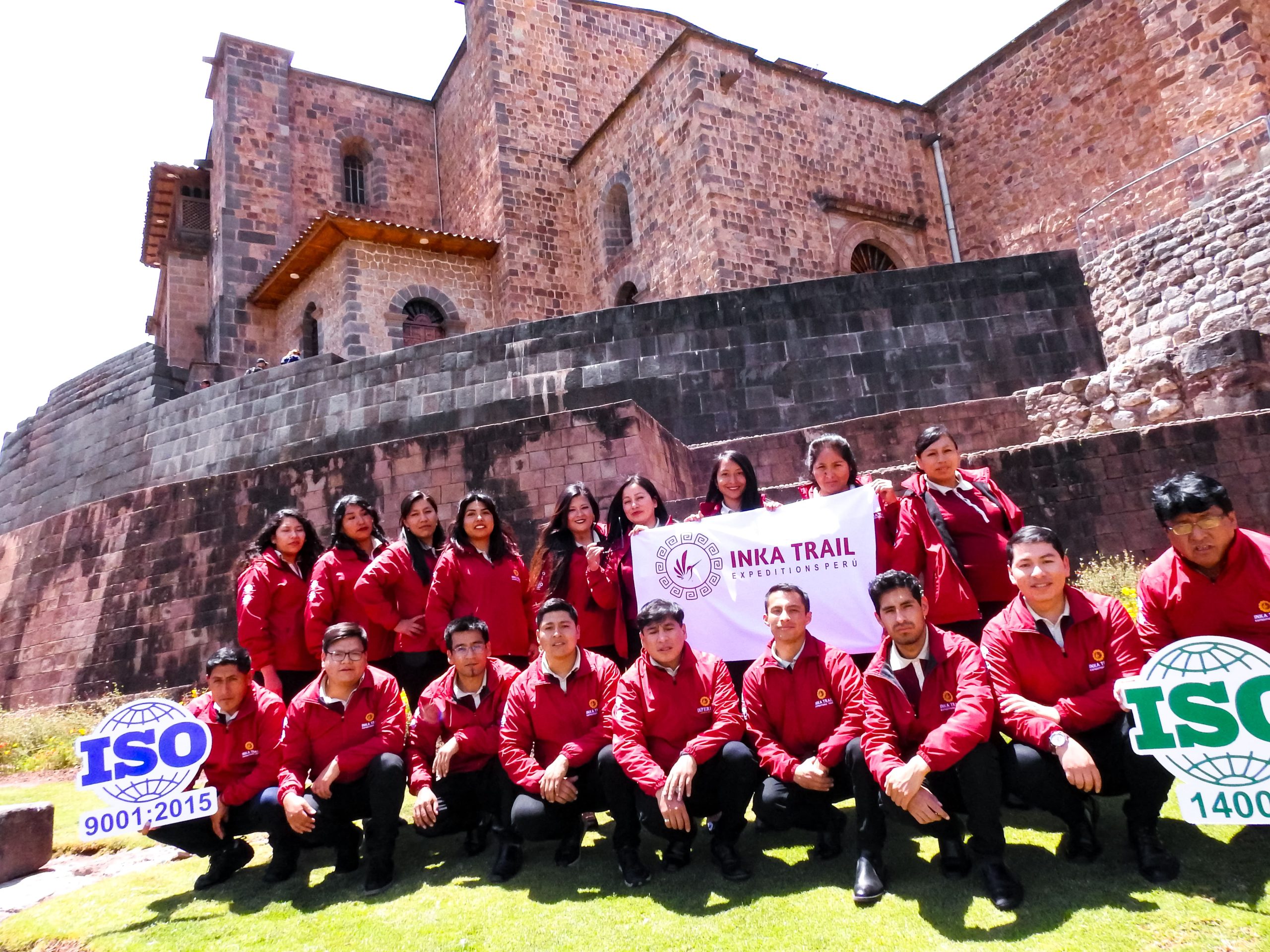
The Corpus Christi of Cusco is a religious festivity rooted in the imperial city, where the traditions of the native peoples converge in an event that captivates both locals and tourists.
Its history dates back to Inca times, where the festivities honored the ancestors and gods such as Taita Inti and the goddess Killa. With the arrival of the Spaniards, the celebration was adapted as part of the evangelization process, replacing the procession of mummies with that of saints and virgins, thus establishing the Corpus Christi of Cusco in 1572.
This festivity follows the liturgical calendar of the church, being celebrated 9 weeks after Holy Thursday, which this year coincides with June 30.(2024)
The preparation for the feast of Corpus Christi is a monumental task, where the hosts, also known as “carguyoq”, are in charge of offering food, drinks and music to accompany the faithful in the departure of the saints. Cusquenian gastronomy, especially Chiri Uchu, is an outstanding element during these festivities.
The entrance of the saints marks the beginning of the celebration, with processions from different churches to the Arch of Santa Clara and the Church of San Pedro. The saints congregate in the cathedral for a week, participating in the mass and the central procession, where thousands of faithful join to honor the body of Christ.
On the eve of the Corpus Christi celebration, the saints begin their procession from various churches or temples, accompanied by the community in dances and regional music. Although some of these locations are more than 10 km away from the central square, they all converge at the Arch of Santa Clara and then at the Church of San Pedro. From there, they begin the procession to the cathedral, where they will remain throughout the week until the octave.
Among the participating saints are San Antonio, San Jerónimo, San Sebastián, Santa Bárbara, Santiago Apóstol, San Blas, San Pedro, San José, and several images of the Virgin, such as the Virgin of the Nativity, the Virgin of the Remedies, the Purified Virgin, the Virgin of Bethlehem, and the Virgin of the Immaculate Conception, also known as “La Linda”.
The octave of Corpus Christi is another important part of the festivity, with the procession of the saints around the main square. The descent of saints, which follows the octave, marks the end of the celebration, returning the sacred images to their respective churches.
It is true that words can fall short when trying to capture all the emotion and joy that Cusco’s Corpus Christi offers. It is a unique experience that truly must be experienced to be fully appreciated. If you are considering traveling to Cusco during this holiday, I strongly encourage you to do so. And if Machu Picchu was already on your list of destinations, why not take the opportunity to explore the Citadel?
Inka Trail Expeditions is your perfect partner to make this adventure an unforgettable experience. With their experience and knowledge, they will ensure you a safe trip full of memorable moments. Don’t wait any longer, book now and get ready to live a unique experience in Cusco and Machu Picchu!



